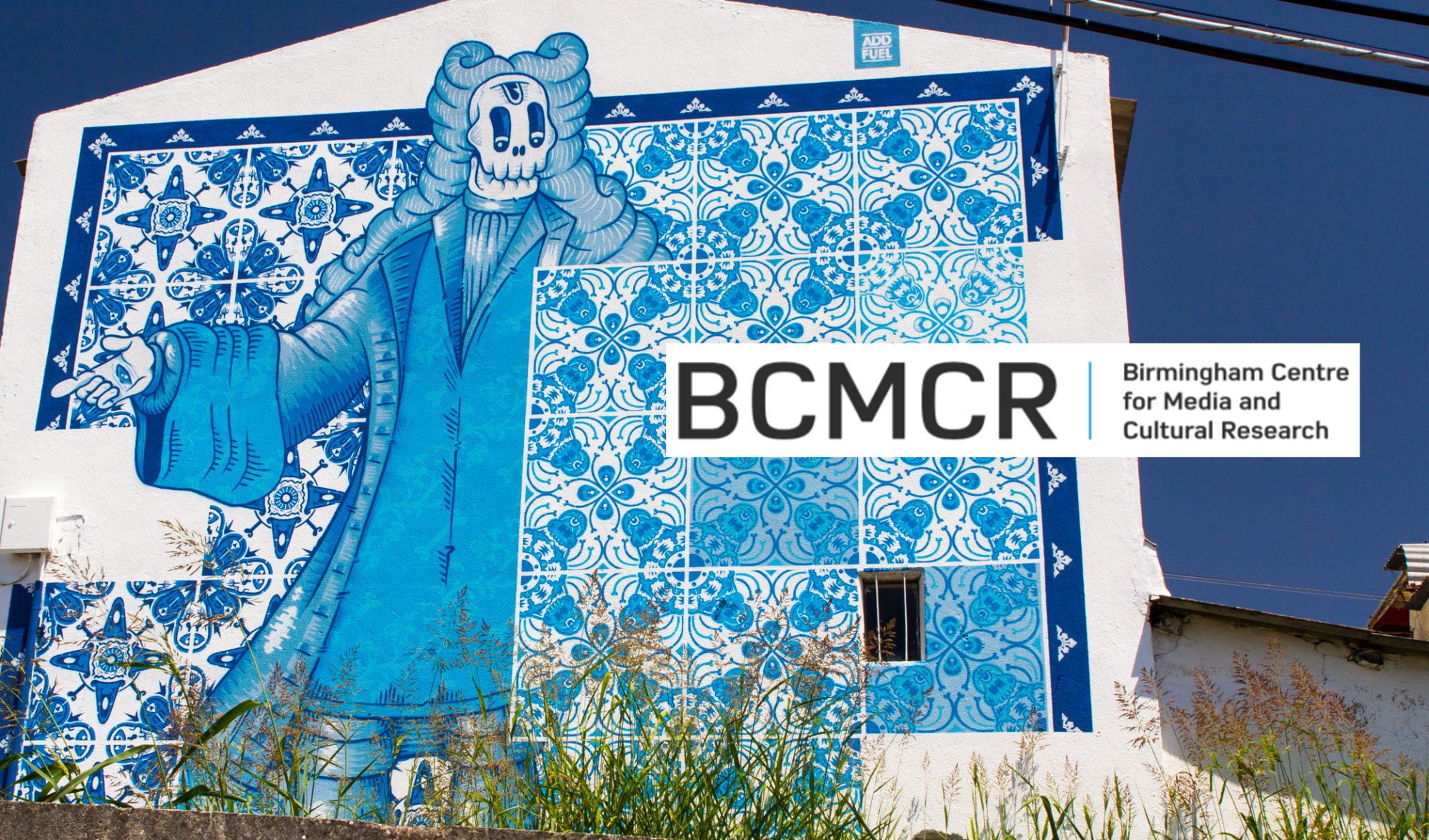Crossing Lines and Sharing Spaces
The lines to cross and the spaces to share are affiliated to music that lives in the moment, exists in the spaces between the notes, and is driven by instinct. As a classically trained musician my in-roads into jazz improvisation have re-awakened this inner space. I have always enjoyed improvising but now I am thinking about melodic and harmonic structures that can enrich my improvising activity as a composer and player. The inner space led by the ear has become embedded in my performing, teaching and practicing.
Today in the classical world there is a bridge over this inner space that connects composers and players. That bridge is notation. It was exceedingly common until about the early 19th century for composers to play and vice versa. A cultural change began when composers wanted their own specific notes to be played and not those of an improviser. The notation of musical language became more complex in its instructions, so much so that in the 20th and 21st centuries the sheer look of a score could resemble a Jackson Pollock abstract expressionist painting with its complex layers of texture. The style in music that has similarities to this expression has been labeled New Complexity. Composers such as Brian Ferneyhough, James Dillon and Richard Barrett compose music whose notation is on information overload.
There is a wealth of instructions to distil and internalize before a note is sounded. Sometimes there is not enough time to garner all that is needed for performance and the eye is forced to wing what it sees and choose the right path in which to steer the music. This has its own energy and drive but it puts the player in a curiously restricted space. The instinct is more aligned to the eye than the ear. If one were to transcribe a free improvisation by Evan Parker the notation would most probably look identical, but the two methods of music making are worlds apart, and even if you were to learn and play the Evan Parker transcription it wouldn’t quite live up to the energy of the original because the notation “bridge” restricts and adversely changes the immediacy in communication of an improvisation.
My improvisation on the opening oboe solo of Octandre (1923) by Edgar Varèse is an attempt to link these two worlds of composer and player. It is a gesture of reverence for the music, a way of getting under its skin. Making sister versions by ear deepens the understanding of the original. I have performed it many times and often felt the tempo marking too fast. But, classical musicians are trained to stick to what the notation dictates. Tempo is an elusive thing and trying to fix it can cause problems for the music’s character. I know from my own work with living composers that they are aware tempi can be affected by many things, not least different acoustics, but there is a need to be as precise as possible, because once it’s written down, it’s “fixed”.
For me the opening solo of Octandre feels like a blues with its soulful falling minor ninths, minor sevenths and whole-tones. My instinct says it needs space to breathe and express itself and this seems to open up the inner space and crosses the line into where the music begins to live of its own accord and carry its own momentum. Certainly, I would like to think that Varèse (who attended jazz concerts in New York in the late 1950s and invited jazz musicians to his home to improvise using his graphic notation) would grant my wish to explore the instinctual aural space between his notes.
Melinda’s paper was delivered on 28 February 2018 as part of the BCMCR Seminar Series.
